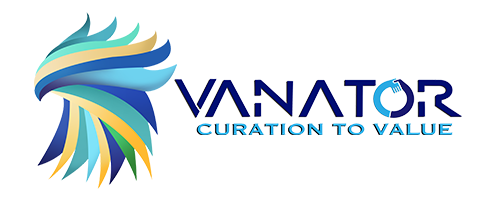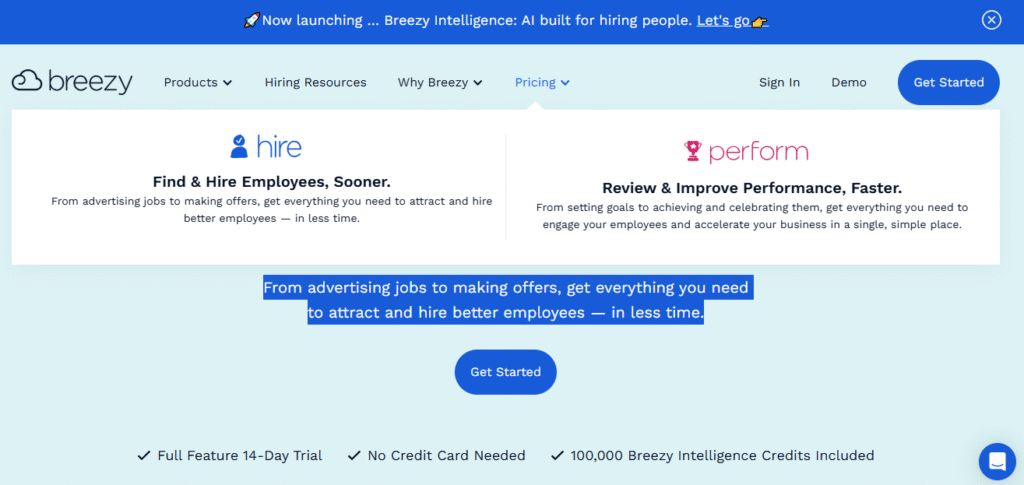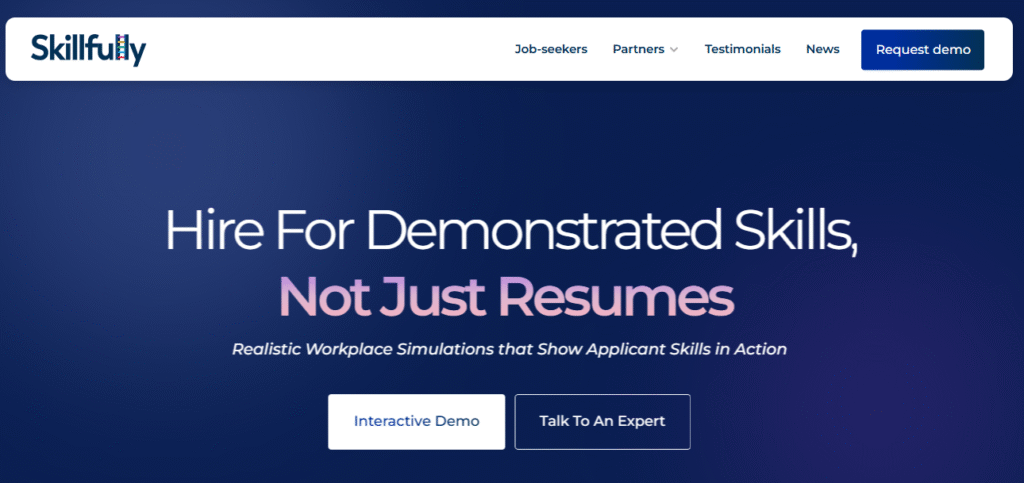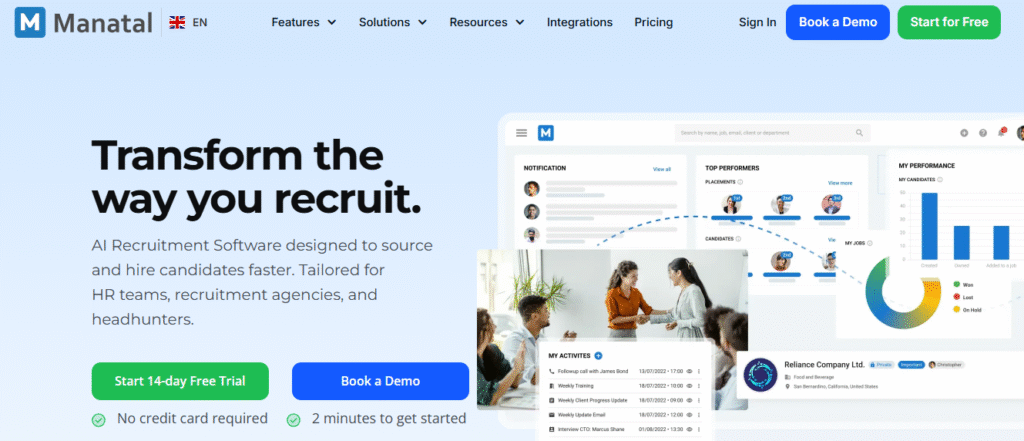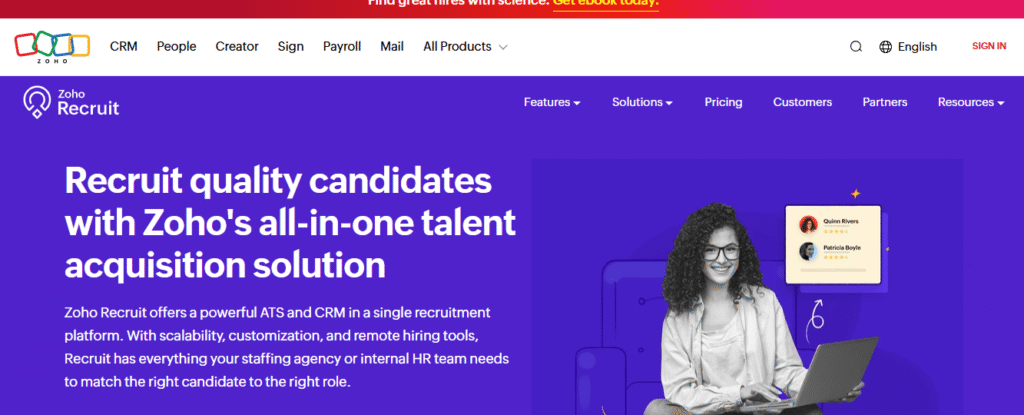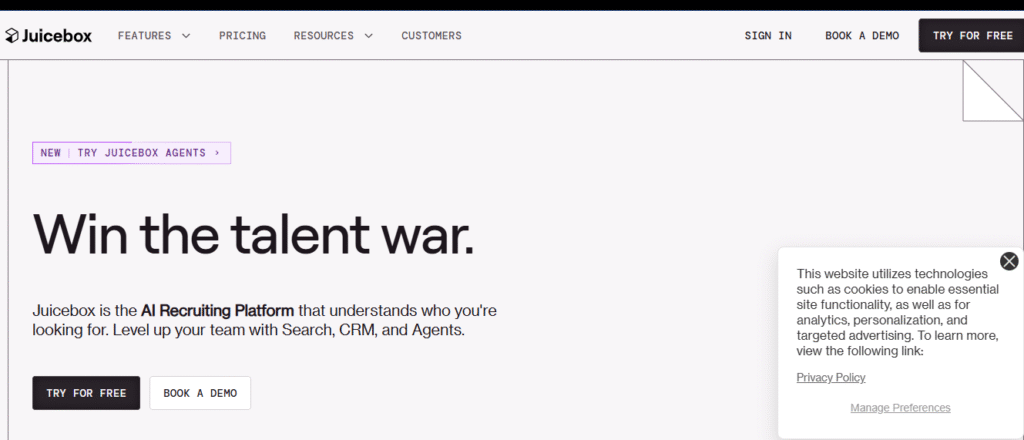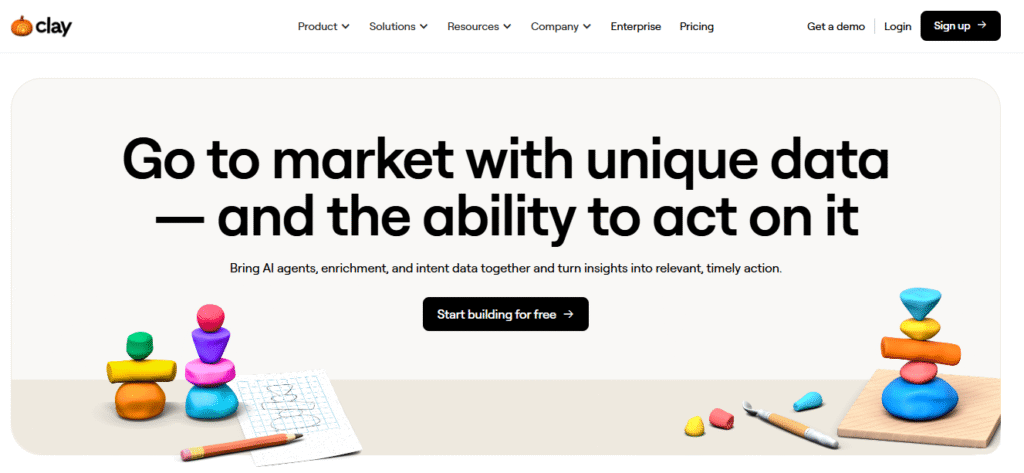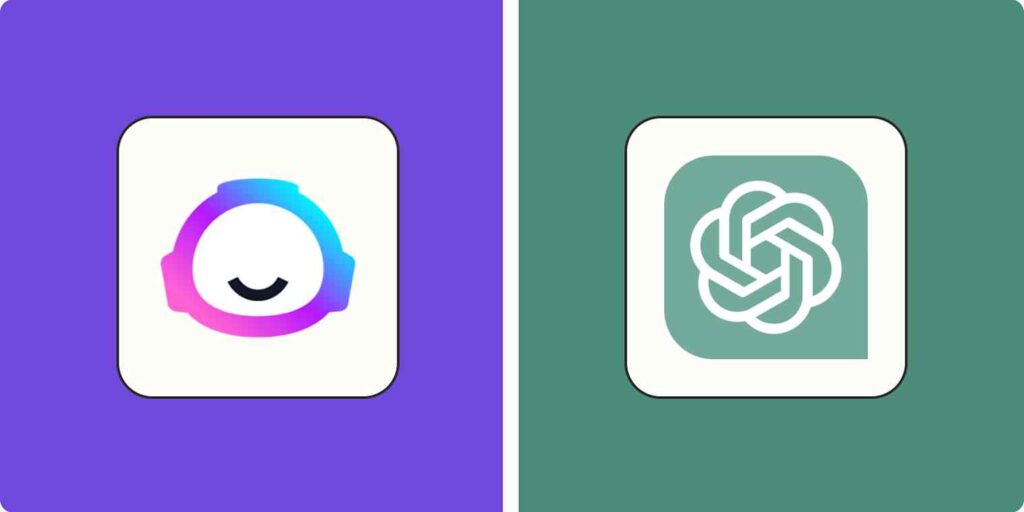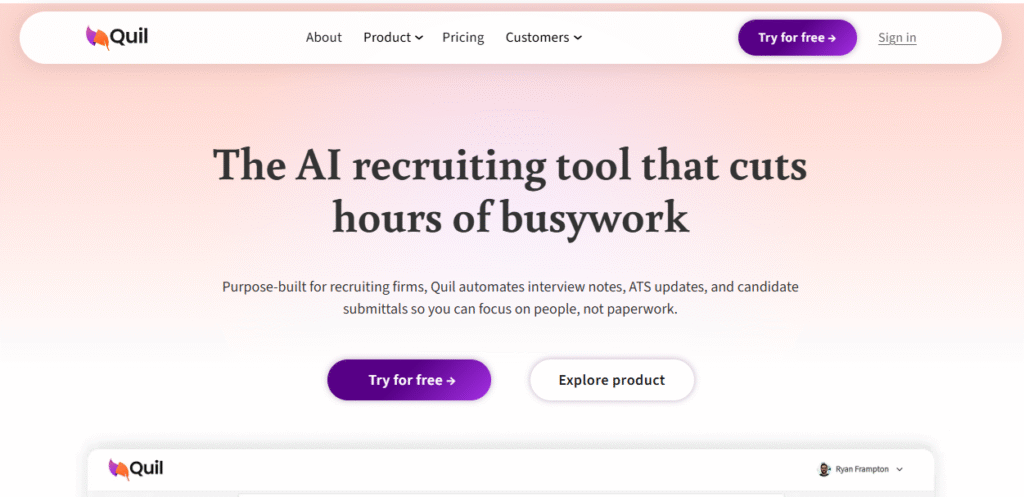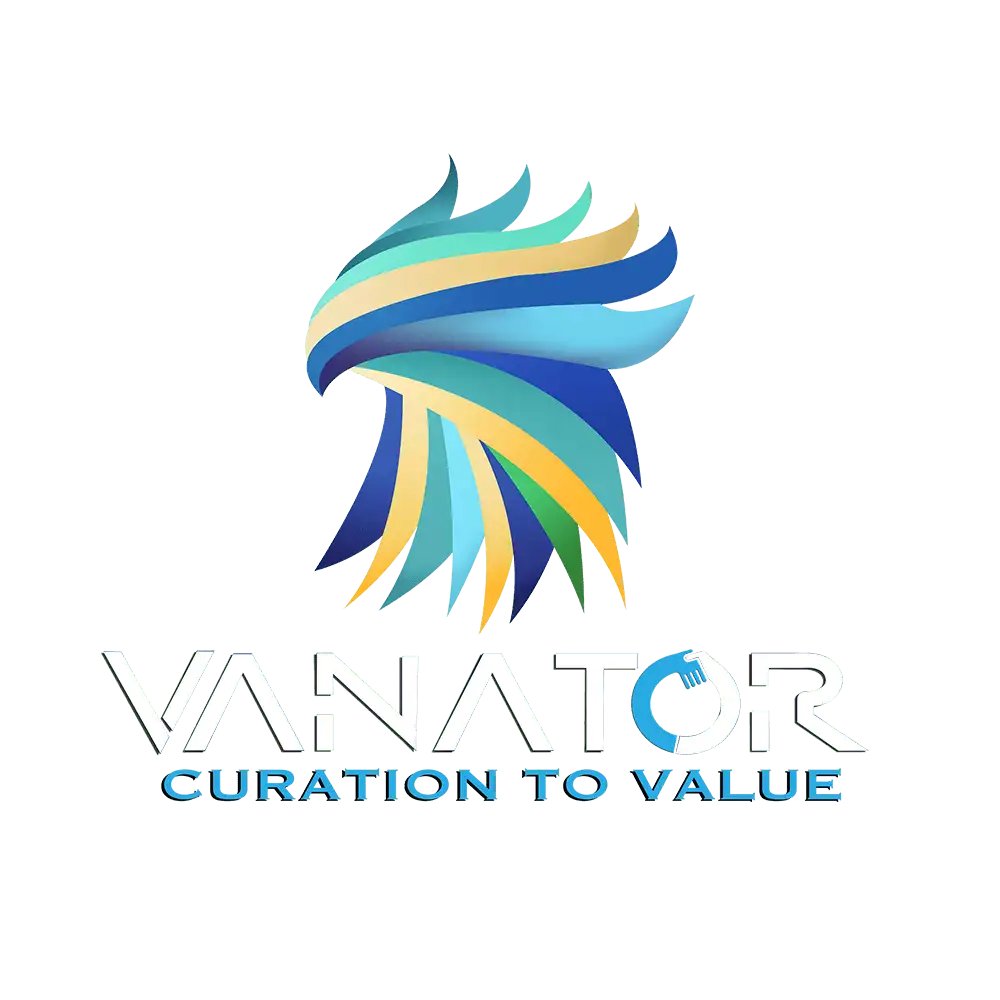Explore the best AI recruitment tools for 2025 that simplify hiring, automate lead generation, and enhance candidate engagement across social media platforms.
- Home
- Blogs
- Best Recruitment AI Tools to Hire Quality Candidates – 2025 SEO-Friendly Guide
Best Recruitment AI Tools to Hire Quality Candidates – 2025 SEO-Friendly Guide
Explore the best AI recruitment tools for 2025 that simplify hiring, automate lead generation, and enhance candidate engagement across social media platforms.
Key Takeaways:

Introduction
Unlocking AI Power in Recruitment & Social Media Lead Generation
Artificial intelligence (AI) is transforming how businesses attract and hire the best talent. For companies eager to combine robust candidate sourcing with modern lead generation through platforms like Instagram and Facebook, an arsenal of specialized AI tools is emerging. This expert guide synthesizes insights from the latest top YouTube videos, breaking down the most influential AI recruitment and business lead generation platforms of 2025. Learn how these tools automate, personalize, and accelerate both the recruitment journey and lead capture—all while saving time and maximizing ROI.

Why Use AI in Recruitment and Lead Generation?
AI platforms are revolutionizing:
- Candidate sourcing and screening: Automating high-volume applicant tracking, outreach, and skill assessments.
- Personalized candidate experience: Using chatbots, video interviews, and virtual assistants for 24/7 engagement, reducing bias and improving diversity.
- Social media lead generation: Turning Facebook and Instagram audiences into pre-qualified business leads through automated outreach, direct messaging, and funnel integration.
- Performance marketing: Accelerating conversions with instant lead qualification, nurturing, and CRM integration.
Top 10 AI Recruitment and Lead Generation Tools for 2025
Breezy HR
A modern applicant tracking system using AI for resume screening, job posting automation, candidate scoring, and self-scheduling of interviews. Features include stage-based actions, auto questionnaires, and skills assessments—all integrated with top calendar apps and job boards for maximum reach and efficiency.
Skillfully
Focuses on real-world skills simulation. Candidates go through AI-powered scenario-based evaluations, helping businesses assess genuine abilities instead of just relying on resumes. Reduces bias, offers detailed performance breakdowns, and is ideal for volume recruitment.
Manatal
A customizable cloud-based recruiting and CRM platform that uses AI for candidate recommendations and scoring. It enriches candidate profiles using social data, integrates with major job boards, and centralizes all hiring information—including notes, resumes, correspondence, and analytics—making hiring data-driven and collaborative.
Zoho Recruit
Leverages the AI assistant “Zia” for candidate matching, AI-driven job description generation, and an interactive chatbot on your career site. Zia scores candidates and helps with automated communication. Smart Assist further streamlines job description creation, and integrations connect to your favorite business apps.
Zeligate
Provides a virtual AI recruiter, “Zeli,” to automate resume screening, candidate scoring, and pre-screening video interviews. Zeli offers real-time feedback, side-by-side comparisons, and intuitive candidate management for busy recruiters
Juicebox
Specializes in natural-language sourcing and ranking of talent. Input who you need in plain English, and Juicebox auto-matches, scores, and organizes candidates from LinkedIn, GitHub, Stack Overflow, Facebook, and more. It also supports AI-driven outreach sequences and can automate much of a solo recruiter’s desk.
Clay
An AI-powered research and data enrichment tool, Clay sources, enriches, and validates candidate and company information from over 80 data sources, including social profiles. This supports highly-targeted search, personalized outreach, and deeper insights into candidates and clients.
ChatGPT and Jasper
AI-powered writing assistants to create job descriptions, social content, outreach emails, and in-depth candidate analyses. ChatGPT’s contextual learning tailors suggestions to your unique recruitment needs, and both platforms integrate with marketing workflows for messaging consistency.
Quill
Automates note-taking during interviews, generates candidate summaries, and integrates directly with applicant tracking systems (ATS). This foregoes manual admin and allows recruiters to focus on relationship-building and interviews.

AI-Driven Lead Gen Systems for Instagram & Facebook
From video content automation to chatbot-based DM outreach, next-gen systems like:
- DigiDoppel: AI clones of recruiters or business owners to auto-post, message, and qualify leads on Instagram.
- ManyChat & Chatfuel: Lead magnets and automated nurture via Messenger and Instagram DMs, including smart follow-ups and funnel triggers.
- Meta Ads + AI Voice Agents: Immediately engage, call, and qualify Facebook/Instagram ad leads in seconds, dramatically increasing speed-to-lead and conversion rates.
- Automated Scheduling/CRM Integrations: Sync social leads directly to auto-booking and email/SMS follow-ups for seamless buyer journeys.
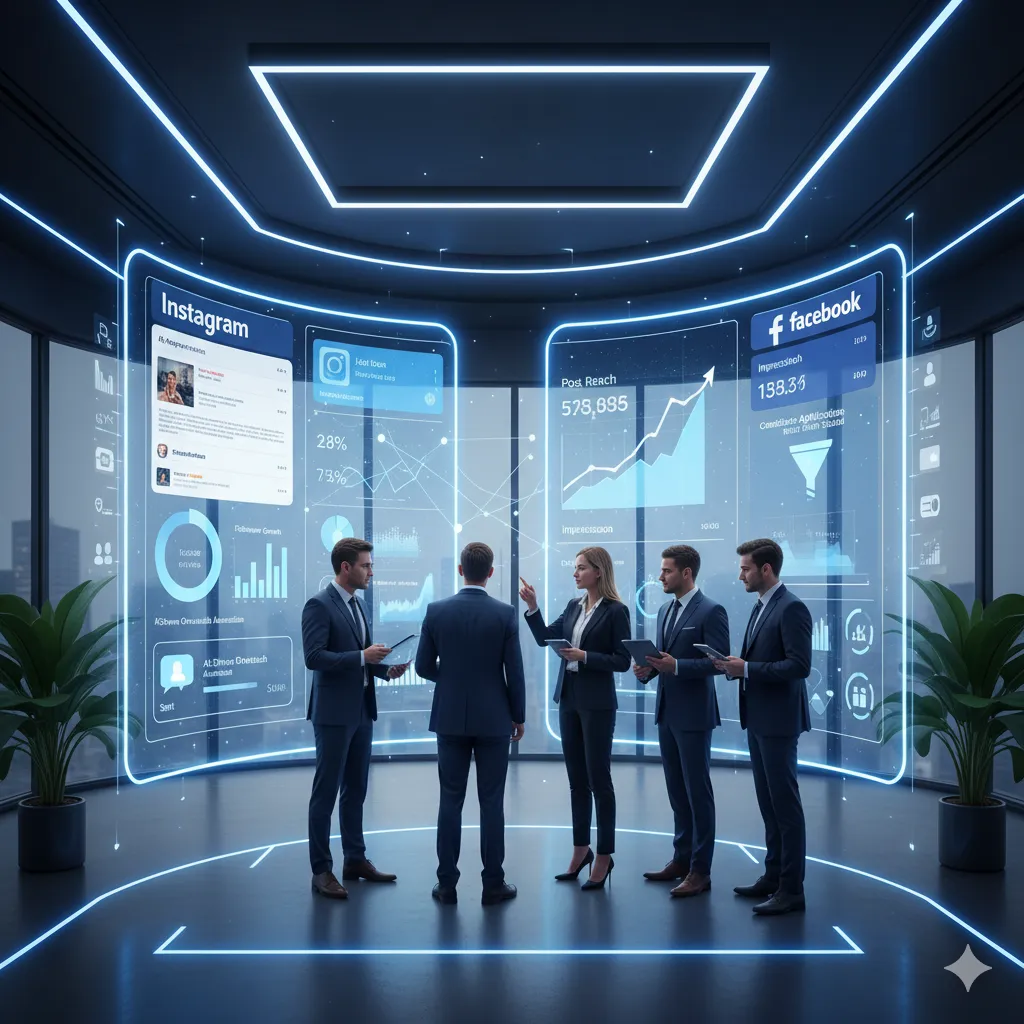
Integrating AI Recruitment with Social Media Lead Generation
How do these tools work together for business lead generation?
AI recruitment platforms are expanding beyond traditional job boards—now leveraging the vast reach and engagement of Instagram and Facebook:
- Instant Candidate Sourcing from Social Media: Tools like Juicebox and Manatal scan Facebook, Instagram, GitHub, and more to assemble comprehensive candidate databases based on nuanced filters.
- Automated Social Outreach: ManyChat, Chatfuel, and custom bots convert post engagements or ad clicks into DM conversations, pre-qualifying business leads and funnelling them into your recruitment pipeline or CRM.
- Content Automation for Branding: DigiDoppel and Jasper automate video, carousel, and post content for Instagram, keeping your employer brand top of mind while generating inbound interest and applications.
- AI-Powered Scheduling and Nurturing: After lead capture (via ads or DM), AI voice/chatbots instantly respond, qualify, and book appointments—closing the gap between cold interest and warm lead with zero human delay.
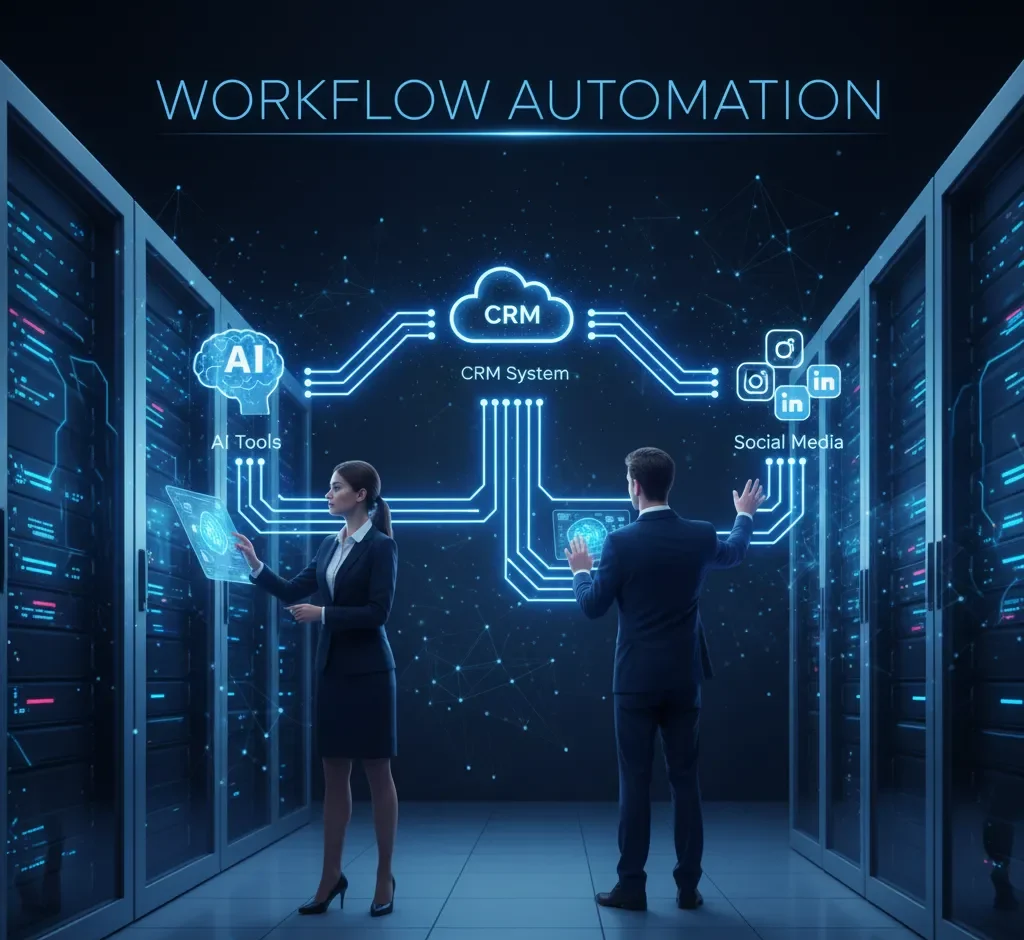
Example Strategies for Recruiting and Lead Generation with AI
Scenario 1: High-Volume Candidate Screening via Social Content
A recruitment firm runs targeted Instagram and Facebook campaigns. Ad responders are messaged by ManyChat bots, which pre-qualify leads, offer a quick skills survey, and schedule interviews using Breezy HR’s self-booking features.
Scenario 2: Personalized Outreach to Passive Talent
Juicebox sources top talent from LinkedIn and Facebook groups based on client needs. Clay enriches profiles for deeper insights. Jasper or ChatGPT drafts hyper-personalized outreach, while Quill documents all candidate conversations for context and better follow-up.
Scenario 3: AI-Powered Employer Branding & Funnel
A jewelry brand or luxury event manager regularly posts AI-generated Instagram content using DigiDoppel, driving engagement. Post commenters receive automated DMs guiding them to pre-screening chatbots, video interviews, or a custom career landing page built with Zoho Recruit integrations.

Pro Tips for Businesses Combining AI Recruiting & Social Lead Gen
- Automate the basics: Free up human recruiters by using AI for repetitive tasks—screening, scheduling, follow-ups, and funnel qualification.
- Leverage multi-channel engagement: Integrate automated DMs, Messenger outreach, and WhatsApp engagement for omnichannel candidate nurturing.
- Personalize at scale: AI platforms allow for hyper-personalized emails, DMs, and video outreach—enhancing both recruitment results and business development pipelines.
- Act fast: AI voice agents and chatbots reduce “speed-to-lead” to seconds, dramatically increasing conversion rates from social ads and organic posts.
- Test, optimize, and refine: Use in-depth analytics in tools like Manatal, Breezy HR, and Meta Ads to constantly refine lead targeting and nurture journeys.

Final Thoughts
AI recruitment and lead generation platforms are becoming essential for ambitious businesses wanting to hire quality candidates—and simultaneously supercharge business growth via social platforms. The newest breed of tools blends powerful automation, data enrichment, AI-driven content creation, and instant lead engagement on channels like Instagram and Facebook. Successful companies in 2025 will be those that integrate these solutions, creating seamless journeys from social touchpoints to successful hiring and sales outcomes.
Want a customized strategy or platform recommendation based on your business type, hiring volume, or audience? Ask for a tailored plan or detailed demo of the top tools for recruitment and social leads in your sector.
Top AI recruitment tools for 2025 include Breezy HR for automated resume screening and interview scheduling, Skillfully for real-world skills simulation, Manatal for AI-driven candidate recommendations, Zoho Recruit with its AI assistant “Zia,” and Juicebox for natural-language sourcing and ranking of candidates.
AI recruitment tools automate repetitive tasks like resume screening, candidate scoring, and interview scheduling, reducing time-to-hire by up to 50%. They also enable skills-based assessments and personalized outreach, which enhance candidate quality and reduce hiring bias.
Yes, modern AI tools integrate with platforms like Instagram and Facebook for lead generation. For example, chatbots on social media engage candidates, pre-qualify leads, and connect them to interview scheduling systems, creating seamless recruitment funnels from social touchpoints to hiring.
AI platforms like Juicebox and Clay enable sourcing and enriching candidate profiles from multiple data sources, while ChatGPT and Jasper help create hyper-personalized messaging and outreach. This combination boosts engagement rates and conversion by addressing individual candidate motivations and skills.
Recruiters should use AI to automate administrative tasks and data analysis, freeing up time for genuine human interactions, relationship-building, and cultural fit evaluation. Over-reliance on AI-generated content may reduce engagement; authenticity combined with AI-powered efficiency yields the best results.
-
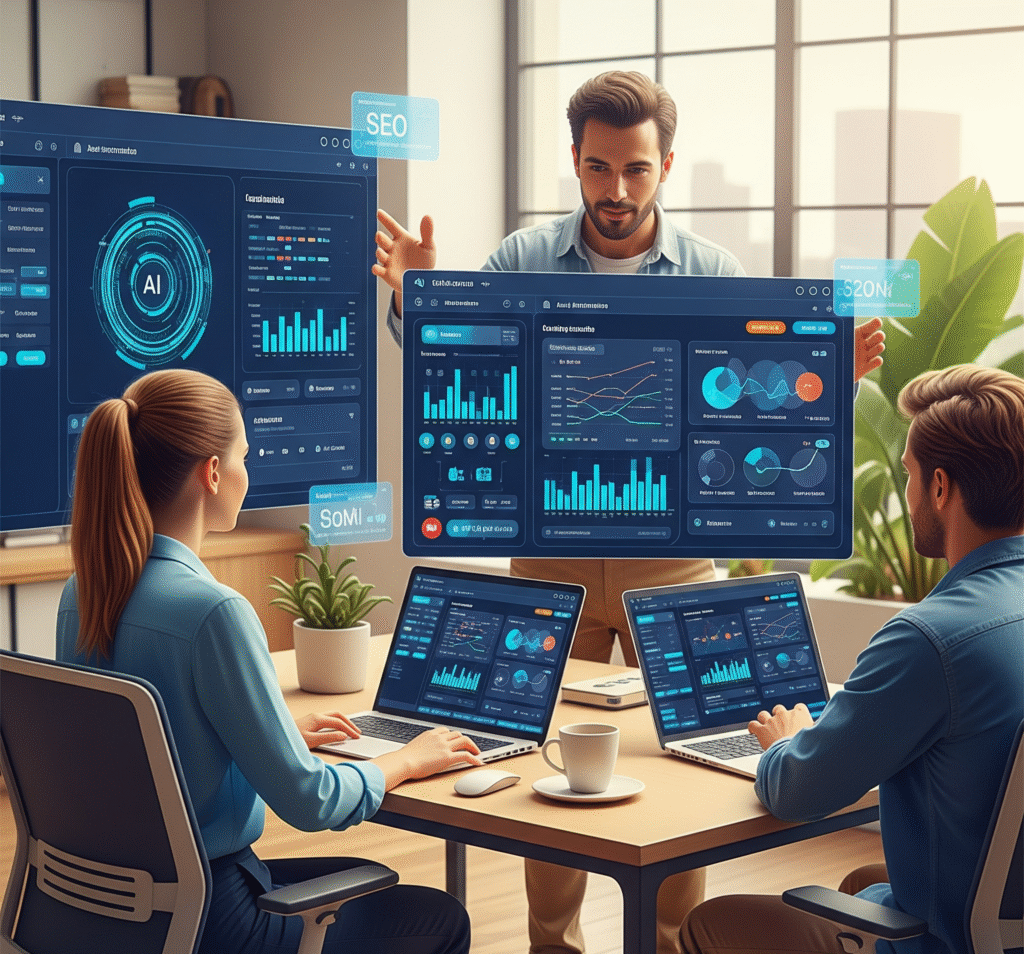 AI-Driven SEO Tools and Services:Boosting Rankings with AI
AI-Driven SEO Tools and Services:Boosting Rankings with AI -
 Best Manufacturing Employment Agencies In USA
Best Manufacturing Employment Agencies In USA -
 Best Technical Search Engine Optimization Agencies in USA
Best Technical Search Engine Optimization Agencies in USA -
 Best Email Marketing Services in USA 2025
Best Email Marketing Services in USA 2025 -
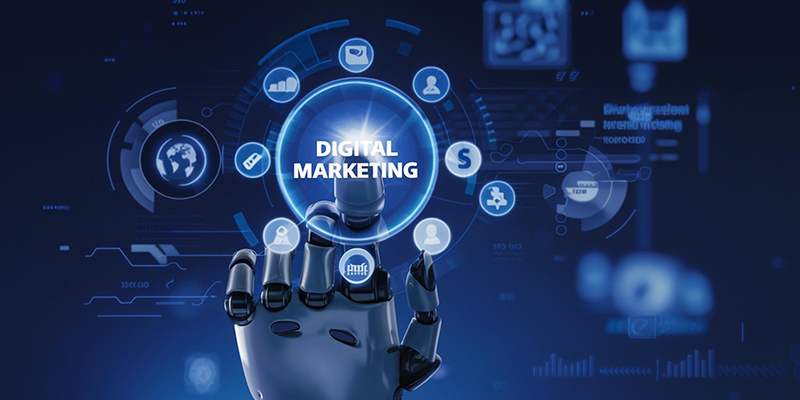 Best AI-Driven Digital Marketing in USA 2025
Best AI-Driven Digital Marketing in USA 2025 -
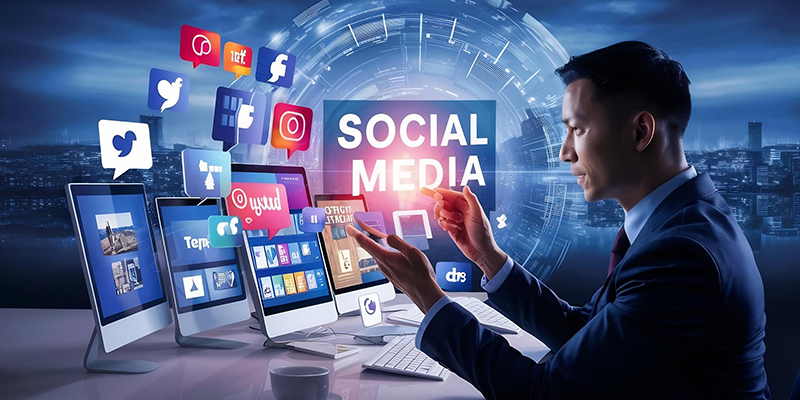 Best Social Media Marketing Services in New York 2025
Best Social Media Marketing Services in New York 2025 -
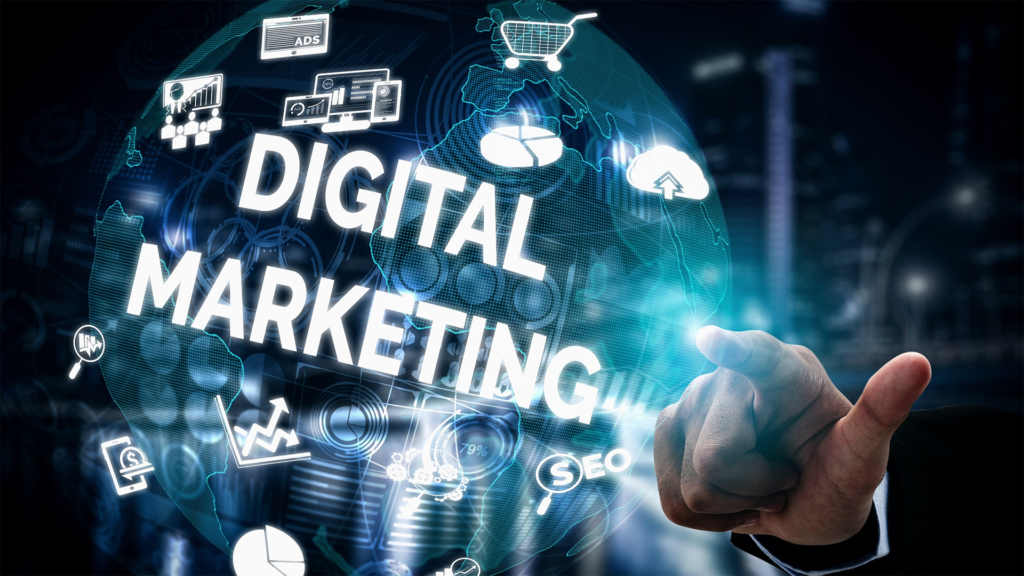 Best Digital Marketing Services in New York 2025
Best Digital Marketing Services in New York 2025 -
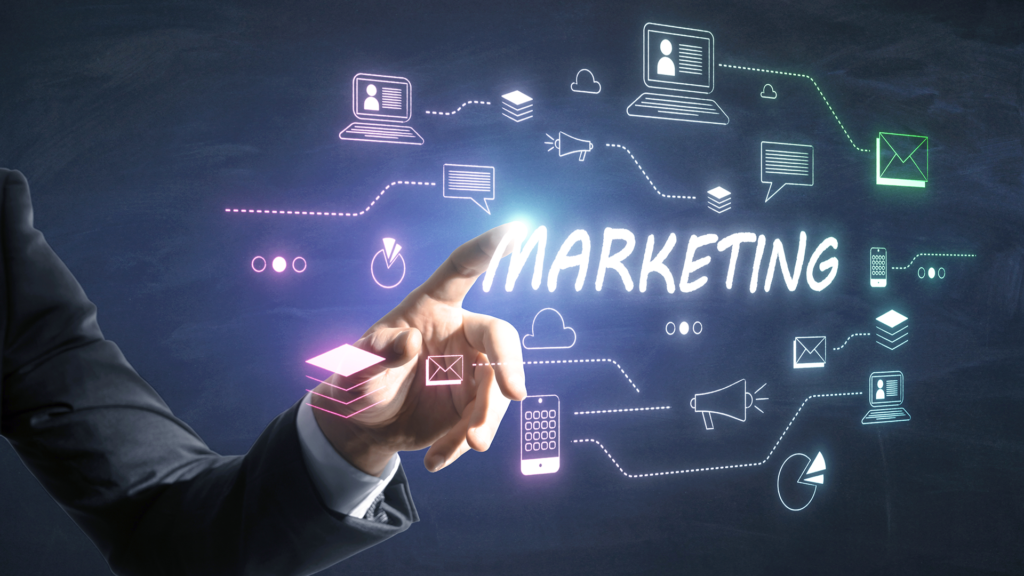 Best Digital Marketing Services in Boston 2025
Best Digital Marketing Services in Boston 2025 -
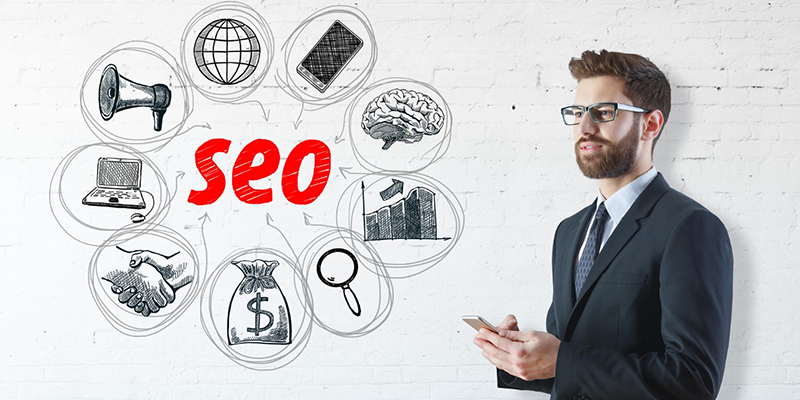 Best SEO Services in Boston 2025
Best SEO Services in Boston 2025 -
 Best Social Media Marketing Services in UAE
Best Social Media Marketing Services in UAE -
 Best Website Development Services in Dubai
Best Website Development Services in Dubai -
 Best Performance Marketing Services in Dubai
Best Performance Marketing Services in Dubai -
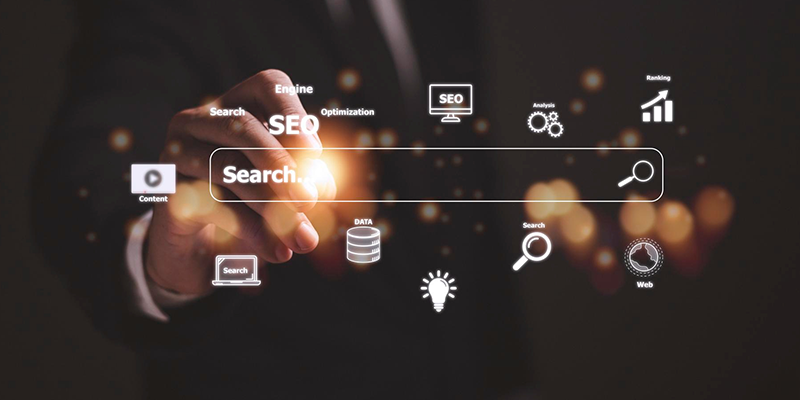 Best SEO Services in Dubai
Best SEO Services in Dubai -
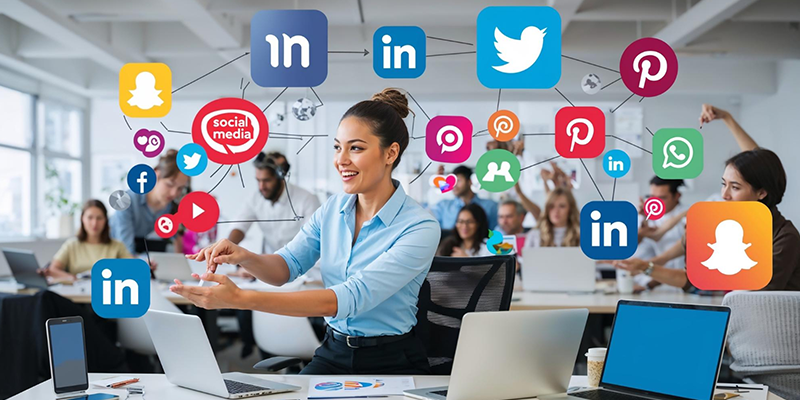 Best Social Media Marketing Services in Dubai
Best Social Media Marketing Services in Dubai -
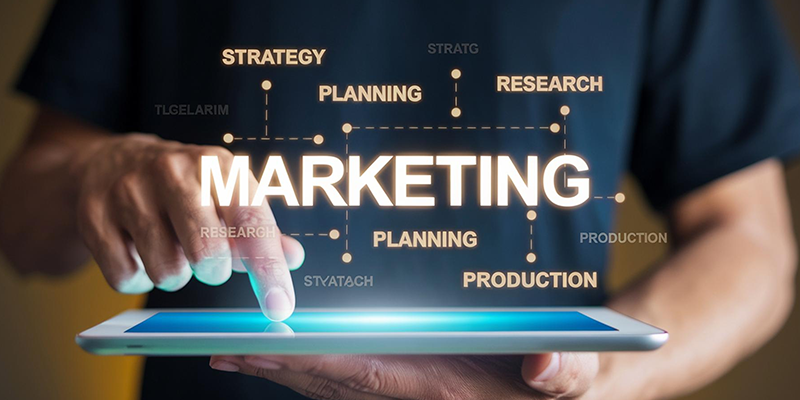 Best Digital Marketing Services in Dubai
Best Digital Marketing Services in Dubai -
 Best Performance Marketing Services in Australia
Best Performance Marketing Services in Australia -
 Best Content Writing Services in Thailand
Best Content Writing Services in Thailand -
 Best Performance Marketing Services in Thailand
Best Performance Marketing Services in Thailand -
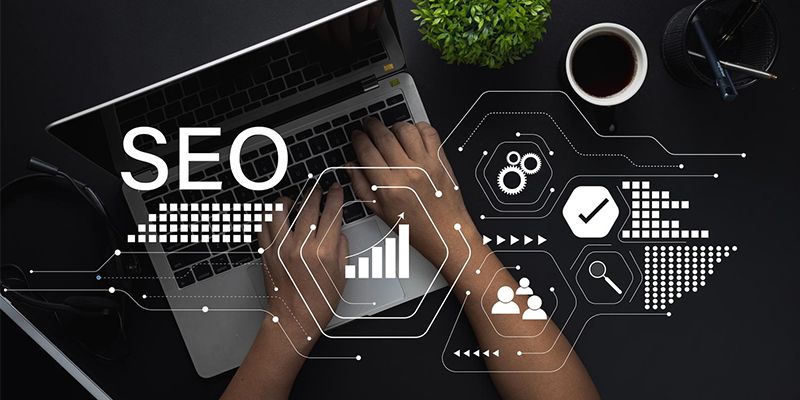 Best SEO services in Thailand
Best SEO services in Thailand -
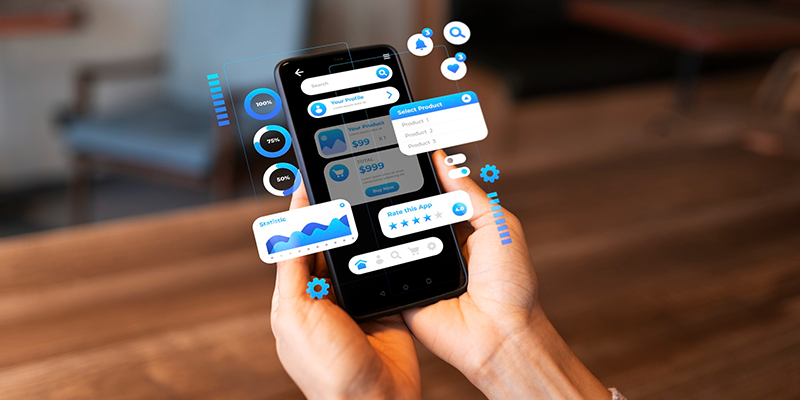 Best Mobile App Development Services in Thailand
Best Mobile App Development Services in Thailand -
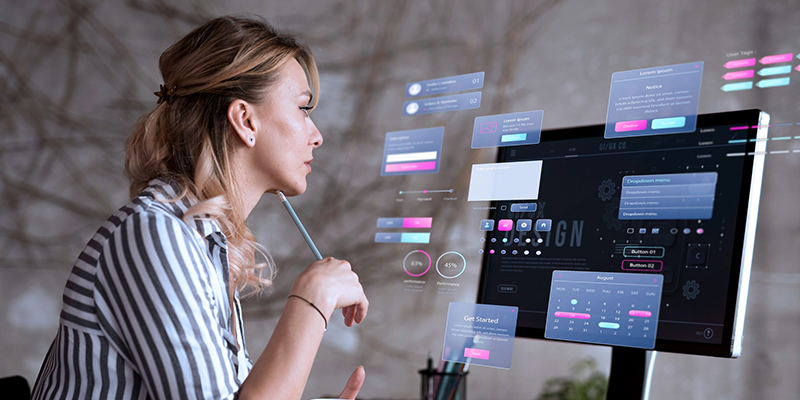 Best Website Development Services in Thailand
Best Website Development Services in Thailand -
 Best Social Media Marketing Services in Thailand
Best Social Media Marketing Services in Thailand -
 Best Digital Marketing Services In Thailand
Best Digital Marketing Services In Thailand -
 Best Social Media Strategies in 2025 for Business Growth
Best Social Media Strategies in 2025 for Business Growth -
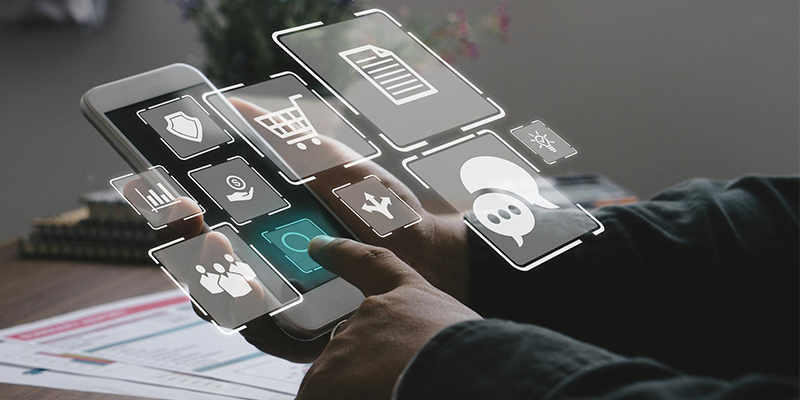 Best Mobile App Development Services In Australia
Best Mobile App Development Services In Australia -
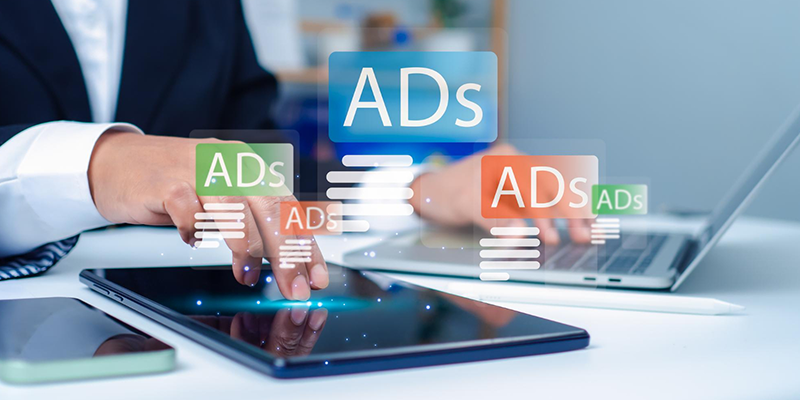 Best Google Ads Services in Australia
Best Google Ads Services in Australia -
 Best SEO (Search Engine Optimization) services in Australia 2025
Best SEO (Search Engine Optimization) services in Australia 2025 -
 Best Email Marketing Services in Australia
Best Email Marketing Services in Australia -
 Best Graphic Design Services in Australia
Best Graphic Design Services in Australia -
 Top Content Writing Services in Australia
Top Content Writing Services in Australia -
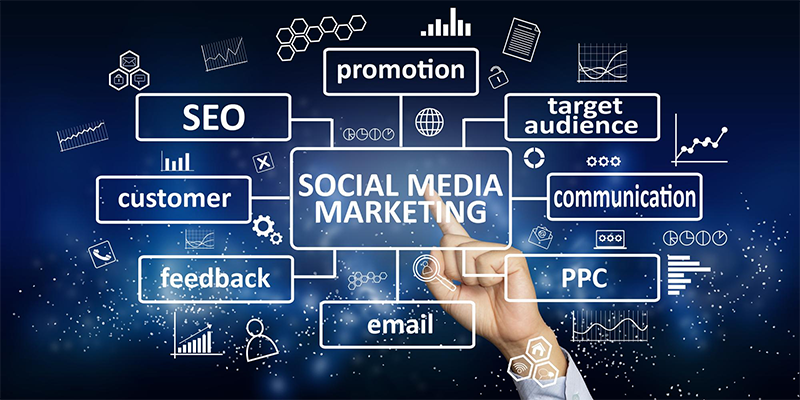 Top Social Media Marketing Services in Australia
Top Social Media Marketing Services in Australia -
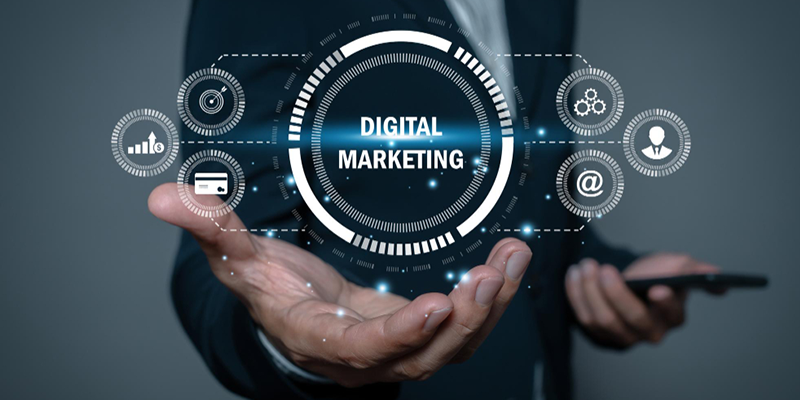 Best Digital Marketing Services in Australia
Best Digital Marketing Services in Australia -
 Best Website Development Services in Australia
Best Website Development Services in Australia
Also Read
Book a Free Consultation
Ready to elevate your customer experience? Don’t settle for ordinary support. Our dedicated consultants are standing by to match your enterprise with the highest-caliber customer service executives in the USA. From virtual assistants to specialized account managers, we have the expertise and talent pool to meet your needs.
Contact our team today to discuss how our tailored customer executive services can transform your support operations. Let us help you hire or outsource the best customer service executives in USA, so you can focus on growing your business with confidence. Together, we will build a world-class customer support team that drives loyalty and success.
